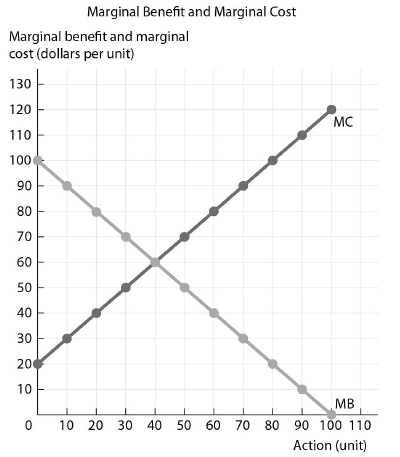Formal analogies are strengthened if
a. many ethnographic cases demonstrate the same pattern, and the archaeological and ethnographic cases have many attributes in common.
b. they can be drawn between cultures with drastically different settlement systems, subsistence practices, or economies.
c. close cultural continuity cannot be demonstrated between archaeological and ethnographic cases.
d. few ethnographic cases in one region demonstrate the same pattern, but do not have any attributes in common.
e. the archaeologist is in agreement with area people about the past history of landforms.
a
You might also like to view...
Refer to the figure below. An increase in the marginal cost that causes an upward shift of the curve will cause the profit-maximizing number of units undertaken to ________.

A) equal 50 B) decrease C) increase D) equal 40
What is the origin of capoeira?
a. Capoeira originated as a way of adapting to an oppressed environment in which there was almost no other outlet for frustration and anger. b. Capoeira originated among the oppressed slaves and was a way of telling their history as entertainment to the slave owners. c. Capoeira emerged out of the Carnivale tradition and is a European-Afro-Brasileiro dance style. d. Capoeira originated with the upper classes of slave owners who brought this dance form from Portugal and then combined it with the slave traditions in Brazil. e. Capoeira originated in West Africa and was imported with slavery to Brazil.
Darwin's theory that the "fitter" survive and reproduce more offspring, who then inherit the traits that made their parents "fitter" is called
A. heredity B. survival of the fittest C. mixed reproduction D. natural selection
________ is the process that produces sex cells
A. Directional selection B. Recombination C. Mitosis D. Independent assortment E. Meiosis